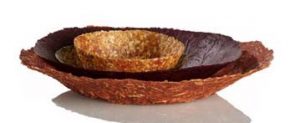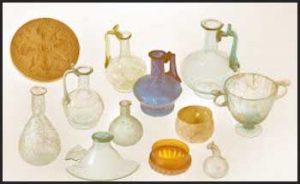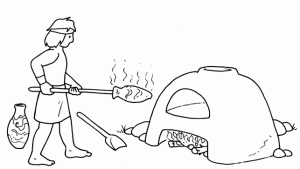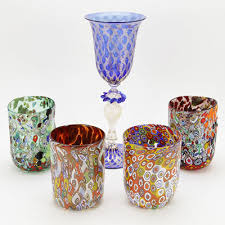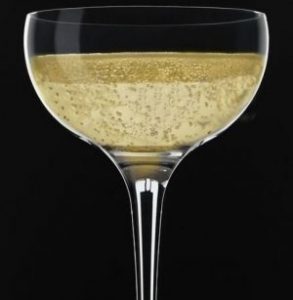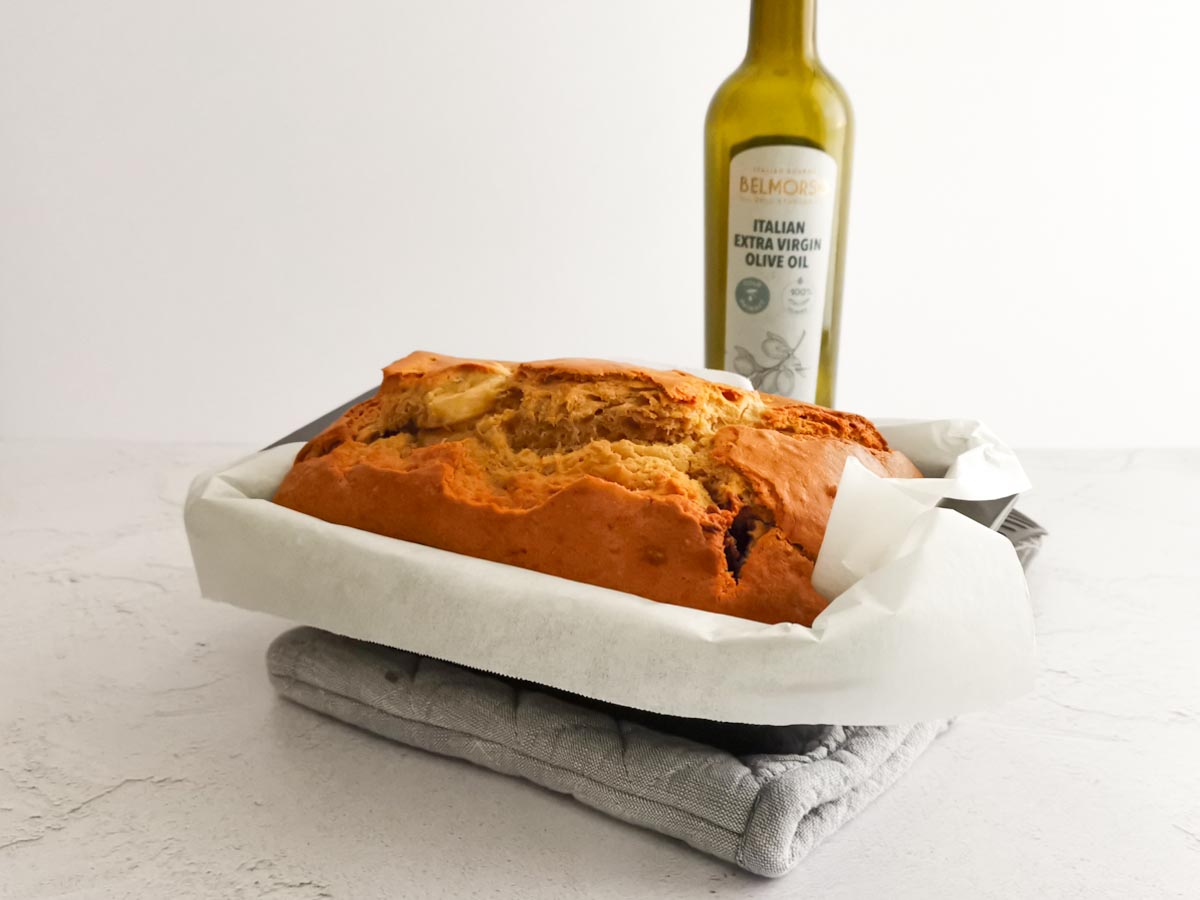
The Dinette Teller – 05. The Glass
The glass has a history very interesting. The first glasses we have heard of, were just simple natural tools, such as shells, bark pieces, coconut shells and so on.
An important evolution can be found during the Egyptian Epoch, with the introduction of clay artifacts. They already knew the glass as a material but they had not ever tried to work with it, so as such they were using just clay utensils at this time. But in saying that the pharaohs and hierarchy would have been using silver and gold.
During the Roman Period, it was possible to find some glass cups, but they were still very unusual, due to its fragility and, as a consequence, to its high price. To break a glass was meant a sign of misfortune, and for this reason, people preferred anyway the safer wooden or metal glasses.
The Northern Folks, which occupied the Roman territories, used to use carved horn or leather canteen for their beverages.
The Phoenicians was the community which discovered fiberglass, to which they began to work it and to export for the first time the glasses, made by this transparent material
After this moment, the glass became even more usual worldwide and this object was progressively refined in shape over the decades. During the sixth century, mainly in Venice the bottom of the glass became convex, and glass’ bowls and goblets were designed for the first time. An important trait of the venetian manufacture was the hand-made decoration, which was so appreciated, eventually reaching also the Netherlands, Germany Spain and France. Of utmost importance, the “Murano Glass” technique was invented.
Over the years, the characteristics of the glass were refined, to design the perfect wine-sampling glass: transparent, thin, and deprived of any decorations. Every drink had to be matched with the glass of the perfect shape to intensify their features (colour, flavour and smell).
For instance, the Flùte is perfect for Spumante and its shape is inspired by the curvy hips of maidens. The spherical stem glass is ideal for red wine. Finally, the sparkling goblet is specific for drinking Champagne, and it seems to have been modeled on the shape of the beloved Pompadour daughter’s breast.

